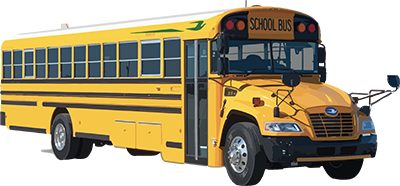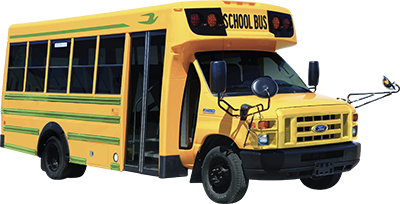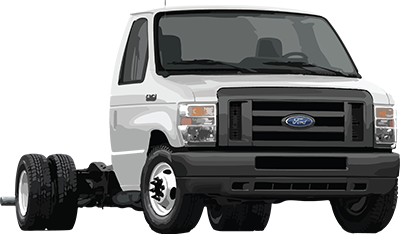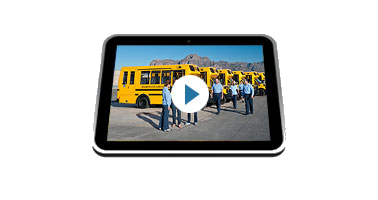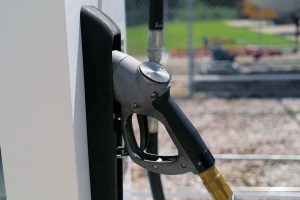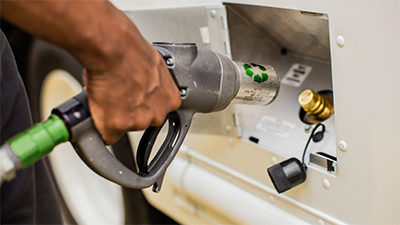In Illinois, Township District High School 211 has a goal of going fully green by 2030 — and that means transitioning to propane autogas. To date, the district has flipped more than 40% of its fleet from diesel to propane autogas. As part of a financially responsible transition, Township keeps the upfront costs manageable by changing over about 10% of its fleet each year. The propane-fueled Blue Bird buses, which travel 9,000 miles each day, save almost $8,000 a year.
Like a lot of paratransit organizations, there was a well-defined transportation department goal for Carteret County Area Transportation System (CCATS) in Newport, North Carolina, that involved substantially lowering both vehicle emissions and total operating costs. A curb-to-curb rural paratransit system, CCATS had been using dual fuel (gasoline and propane) vehicles for years. In 2021 CCATS tried a propane-only choice.
We are on the precipice of one of the largest movements in clean student transportation. The EPA’s Clean School Bus Program will provide $5 billion over the next five years to replace aging diesel school buses with newer, cleaner models. This is a major step forward in prioritizing student health and the environment, and propane autogas is positioned as one of the clean energy sources to do the job through affordable emissions reductions.
 The latest projections from the U.S. Energy Information Administration are showing little relief at the pump. EIA fuel price projections for gasoline and diesel continue to trend at unprecedented levels with increased volatility (is that really possible?).
The latest projections from the U.S. Energy Information Administration are showing little relief at the pump. EIA fuel price projections for gasoline and diesel continue to trend at unprecedented levels with increased volatility (is that really possible?).

